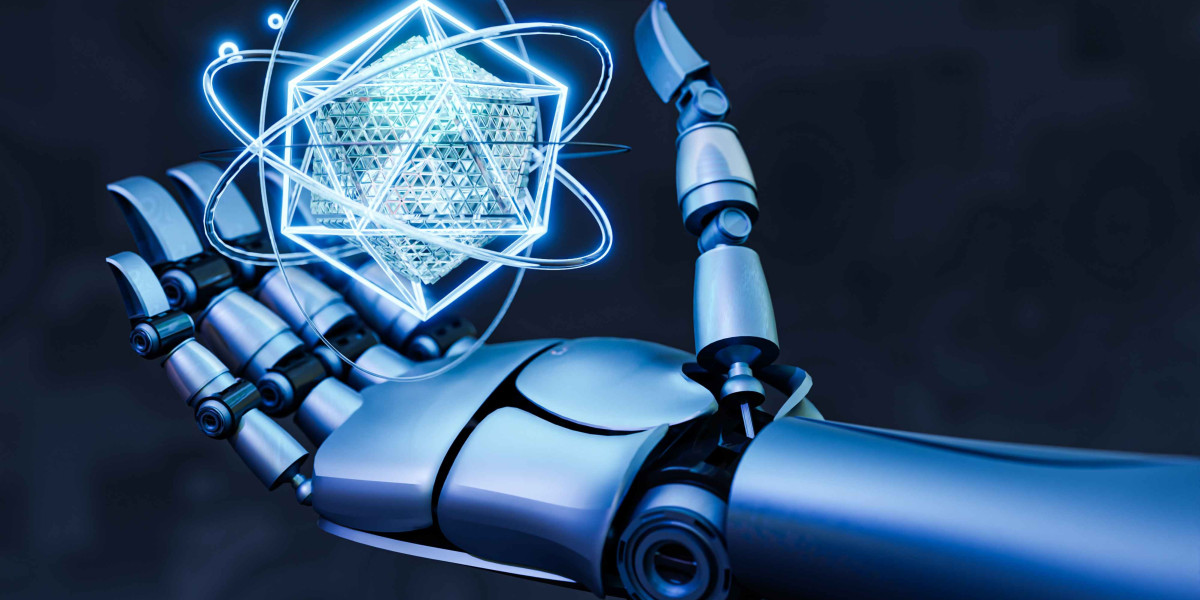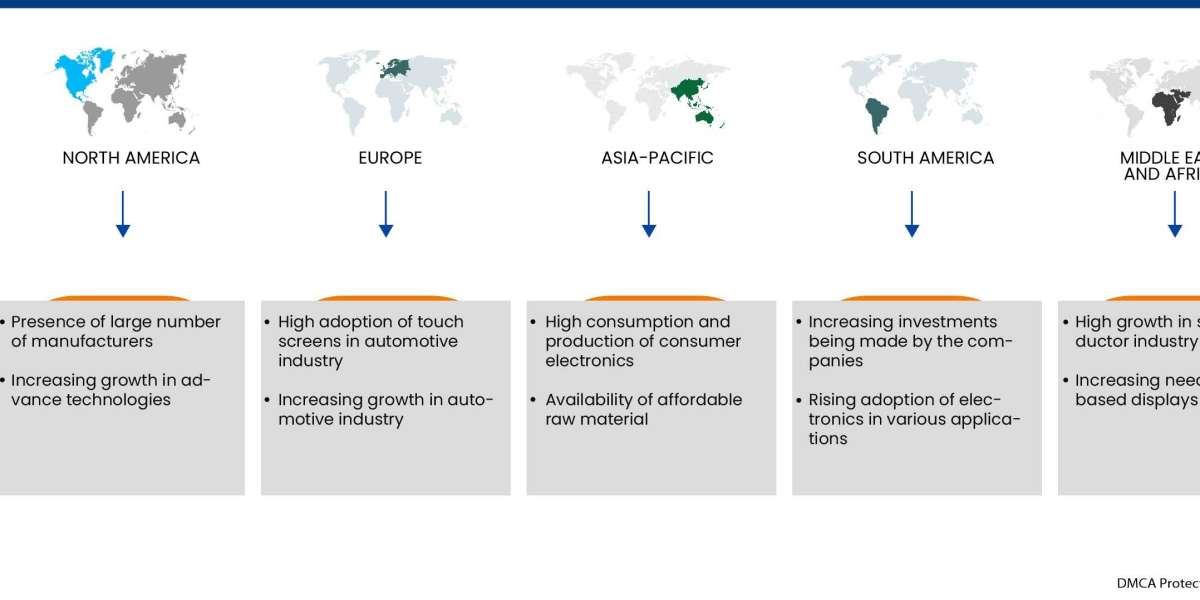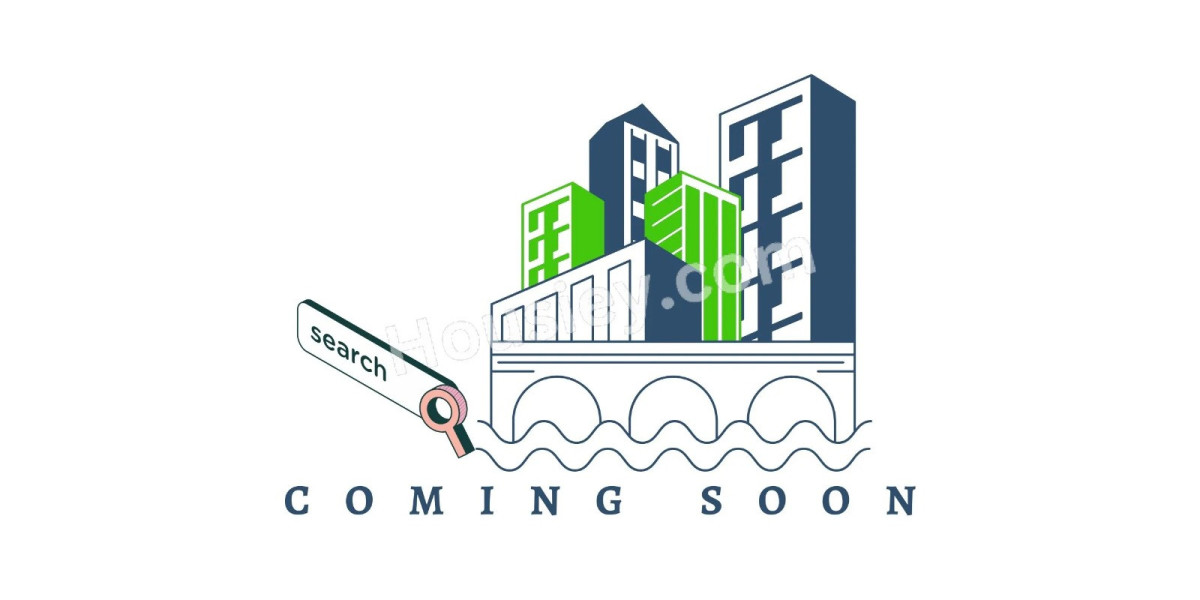As enterprises and startups increasingly invest in agent-based solutions, it’s crucial to identify which Agentic AI platforms and tools are leading the charge. Below is a curated list of the top Agentic AI tools and platforms to watch in 2025—and why they matter for your business.
What Is Agentic AI?
Before diving into the tools, let’s clarify what Agentic AI means. Unlike rule-based systems or reactive AI models, agentic systems can:
Set and pursue goals autonomously
Plan and adjust strategies dynamically
Interact with other agents and systems
Learn from their environment continuously
This capability makes Agentic AI ideal for enterprise automation, intelligent decision-making, and multi-agent collaboration.
Learn more about Agentic AI tools and workflows at Rapid Labs – your innovation partner for custom AI solutions.
1. AutoGPT (OpenAI)
AutoGPT builds on OpenAI’s GPT models by adding planning and task execution capabilities. It chains together multiple prompts and decisions to achieve complex goals. Whether it's market research, automation of customer service tasks, or software testing, AutoGPT can break down a large objective into smaller, executable tasks.
Key Features:
Goal decomposition and multi-step reasoning
Integration with APIs and databases
Open-source customization
Use Case: Marketing teams use AutoGPT to conduct deep-dive analysis, generate campaign content, and even post to social media autonomously.
2. BabyAGI
BabyAGI is a lightweight Agentic AI framework that automatically generates tasks, prioritizes them, and executes them using a GPT model. It's ideal for startups and developers who want to explore autonomous workflows without heavy infrastructure.
Key Features:
Autonomous task creation and reprioritization
Simple and open-source
Fast prototyping of Agentic workflows
Use Case: Small businesses use BabyAGI to build personalized email outreach campaigns with minimal manual oversight.
3. LangChain Agents
LangChain has emerged as the go-to framework for building context-aware applications using LLMs. With the introduction of LangChain Agents, developers can now build multi-tool agents capable of searching the web, reading documents, and interacting with APIs—simultaneously.
Key Features:
Tool chaining and memory management
Integration with search tools and APIs
Customizable workflows for enterprise use
Use Case: Enterprises use LangChain Agents to build customer support agents that search knowledge bases, CRM systems, and external resources in real-time.
4. CrewAI
CrewAI is one of the most promising platforms for multi-agent collaboration, allowing teams of AI agents to work together on complex problems. Inspired by human workflows, each agent in a CrewAI environment takes on a specific role—like analyst, strategist, or reporter.
Key Features:
Role-based agent delegation
Collaboration and task sharing
Real-time updates and adaptability
Use Case: Consulting firms use CrewAI to perform business analysis, generate reports, and recommend solutions with minimal human intervention.
5. HyperCycle (SingularityNET)
HyperCycle, built on SingularityNET, focuses on creating a decentralized network of AI agents. The platform allows agents to trade services and information using blockchain, ensuring security, transparency, and scalability.
Key Features:
Decentralized AI marketplace
Agent-to-agent micropayments
Blockchain-enabled trust
Use Case: Ideal for industries like finance and healthcare, where trust and auditability are crucial.
6. Adept ACT-1
Adept’s ACT-1 is a proprietary AI model that works across applications like a human assistant. It can learn to use software tools—Excel, browsers, CRMs—by watching humans interact with them, and then replicate or improve upon those workflows.
Key Features:
Software tool usage imitation
Natural language commands
Custom workflow learning
Use Case: Enterprise teams use ACT-1 to automate repetitive business tasks and report generation across apps.
7. Meta’s AgentVerse
Meta is testing AgentVerse, an experimental platform for deploying personalized AI agents in social and metaverse environments. These agents act as virtual assistants, brand ambassadors, or even sales representatives.
Key Features:
Agent avatars in immersive environments
Social and behavioral modeling
Dynamic persona adjustment
Use Case: Retail and entertainment brands use AgentVerse to create interactive customer experiences in virtual stores or events.
8. ReAct Agents by Google DeepMind
ReAct (Reasoning + Acting) is a Google DeepMind initiative focused on equipping LLMs with the ability to think before they act. These agents combine deductive reasoning with real-world actions.
Key Features:
Enhanced reasoning chains
Planning before execution
Integrated decision trees
Use Case: Used in scientific research, legal tech, and financial modeling where logical flow and consistency are essential.
Why Businesses Should Watch These Platforms in 2025
Whether you're an enterprise innovator or a tech-savvy founder, Agentic AI platforms offer scalable, intelligent solutions. They reduce operational friction, automate decision-making, and enhance productivity across departments.
If you’re unsure where to begin, we recommend consulting with Rapid Labs. As a leading provider of Agentic AI development services, we build and customize these agent platforms for diverse industry needs—from e-commerce and healthcare to finance and telecom.
Final Thoughts
2025 will be the year businesses move from experimentation to production with Agentic AI. Choosing the right tool can mean the difference between simple automation and breakthrough innovation. Platforms like AutoGPT, LangChain Agents, and CrewAI are proving that agents aren't science fiction—they're already reshaping how we work.
To stay ahead in this transformative shift, invest in tools that are:
Interoperable with your current tech stack
Scalable across workflows and teams
Flexible for future innovation
Rapid Labs is here to guide you with tailored AI solutions that don’t just follow trends—they define them.



